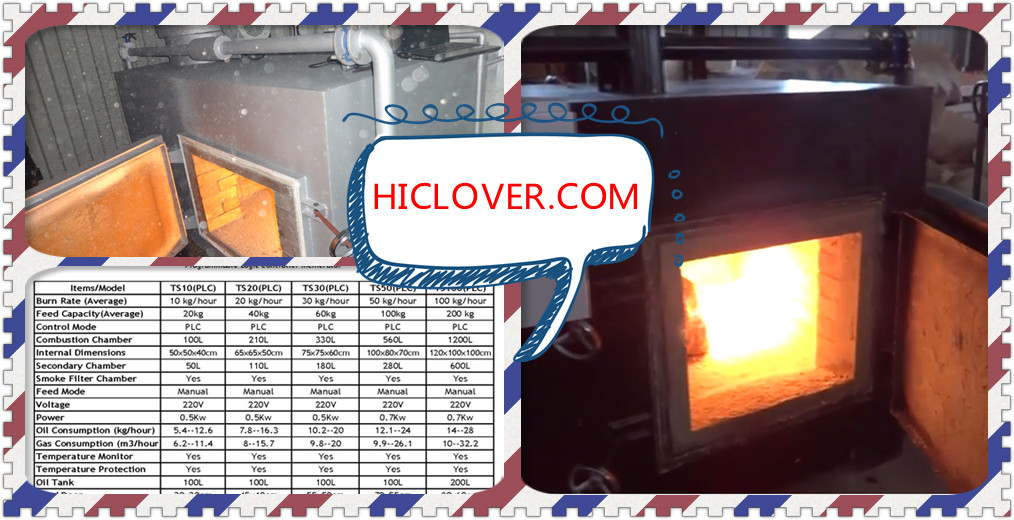Waste incineration has long been a controversial topic, particularly in large cities like Amsterdam where the increase in population and waste production has put a strain on traditional waste management methods. While incineration can help reduce the volume of waste that ends up in landfills and generate energy in the process, there are valid concerns about its potential health and environmental impact.
In recent years, Amsterdam has been investing in waste-to-energy facilities as part of its efforts to shift towards a more sustainable and circular economy. This has sparked debates and protests from environmentalists and residents who are worried about the health and environmental implications of waste incineration.
One of the main concerns about waste incineration is the release of air pollutants and toxic substances into the atmosphere. While modern incineration facilities are equipped with advanced emission control technologies that can effectively reduce the release of harmful pollutants, there is still a risk of potential health impacts, especially for those living in close proximity to the incineration plants.
Additionally, there are concerns about the impact of waste incineration on climate change. Burning waste releases carbon dioxide, a greenhouse gas that contributes to global warming. Despite the fact that waste-to-energy facilities can produce energy from the incineration process, some argue that the carbon emissions associated with waste incineration could counteract the environmental benefits of using waste as a resource.
Furthermore, the disposal of the leftover ash from incineration remains a concern. This ash contains heavy metals and other harmful substances, and if not properly managed, it can pose a significant risk to soil and water quality.
In response to these concerns, the Amsterdam municipality has been taking steps to address the potential health and environmental impacts of waste incineration. Stringent regulations and monitoring mechanisms are in place to ensure that emissions from incineration plants are within acceptable limits. Additionally, efforts are being made to improve the recycling and waste separation systems in order to reduce the amount of waste sent to incineration facilities.
Furthermore, the municipality has been exploring alternative waste management methods, such as anaerobic digestion and composting, to further reduce the reliance on incineration and minimize the environmental impact of waste disposal.
However, despite these efforts, it is important for the Amsterdam municipality to continue to engage with residents and environmental organizations to address their concerns and ensure that waste incineration is carried out in a safe and sustainable manner. Public participation and transparency in decision-making processes are crucial to building trust and ensuring that the health and environmental impact of waste incineration is effectively managed.
In conclusion, waste incineration in Amsterdam is a complex issue with both potential benefits and risks. While incineration can help reduce the volume of waste and generate energy, there are valid concerns about its health and environmental impact. It is essential for the municipality to continue addressing these concerns and work towards implementing safe and sustainable waste management practices that prioritize public health and environmental protection.



